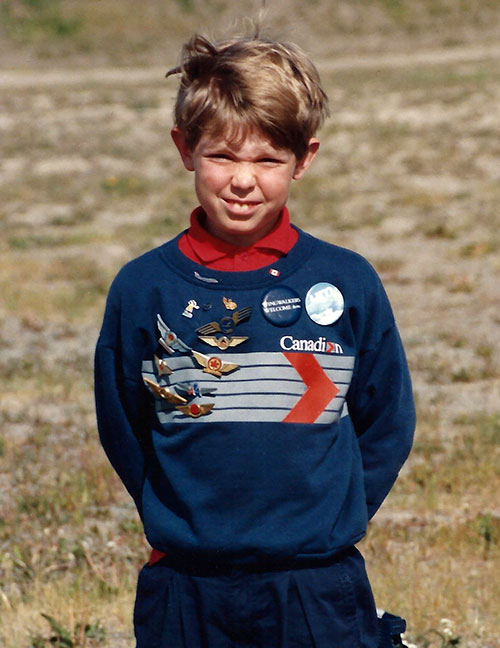My earliest memory is of a turtle with a peg leg dressed as a pirate. I saw it from the window of an airplane. And I never forgot.
I was 3 years old and my family was on vacation. The turtle wasn’t a real turtle, but the logo on the tail of a jet belonging to Cayman Airways. It’s not surprising that the mascot, nicknamed “Sir Turtle,” would appeal to a young kid—but for me, that turtle kicked off a lifelong fascination with airline branding.
That was shortly after the deregulation of the airlines. In the years since, great airline brands have risen and fallen. Some have disappeared rather suddenly — who could have imagined then an airline industry without Eastern? Or Pan Am? Yet these once iconic brands are long gone.
Indeed, of the remaining U.S. “legacy” carriers, only one — American Airlines — has escaped bankruptcy. Airlines in other countries have fared no better. Their powerful brands have not been enough to save them.
It’s hard not to wonder if airline brands even matter anymore.
Today, most passengers shop for the cheapest fare, not the most lavish service. Even as they complain about declining standards, most passengers care more about price than quality. The travelling public seems to believe that, with few exceptions, all airlines are more or less the same.
The history of airline branding is illustrious; its prospects are uncertain. With Fly the Branded Skies, I hope to celebrate that past and contemplate that future. My profession is advertising, but I can’t claim any special knowledge of the airline industry specifically beyond a keen interest and curiosity. So you will find no sophisticated quantitative analysis here, or discussions of the finer points of airline operations.
Instead, I want to explore the ways airlines create emotional connections with their customers.
You could say that, 25 years later, I’m still chasing flying turtles.


Pingback: viagra sales()
Pingback: personal loans mn()
Pingback: ordering viagra online()
Pingback: cialis cost per pill()
Pingback: cbd hemp oil()
Pingback: viagra boner()
Pingback: cbd oil for cancer patients chocolate()
Pingback: levitra prices()
Pingback: high cbd cannabis seeds for sale()
Pingback: how much is viagra 100mg()
Pingback: generic cialis cheap()
Pingback: cbd oil benefits()
Pingback: viagra pills without prescription()
Pingback: viagra reviews()
Pingback: cbd oil for pain control()
Pingback: viagra fuck()
Pingback: cbd oil sexual benefits()
Pingback: cost of viagra 100mg()
Pingback: viagra online from mexico()
Pingback: benefits of cbd oil()
Pingback: female viagra reviews()
Pingback: how to use viagra()
Pingback: cbd in marijuana()
Pingback: sildenafil without prescription()
Pingback: cbd oil for dogs with epilepsy()
Pingback: lady viagra()
Pingback: how to write an essay about your self()
Pingback: Generic viagra canada()
Pingback: generic for cialis()
Pingback: good essay writing service()
Pingback: buy viagra online canada with mastercard()
Pingback: creon atorvastatin()
Pingback: how to writing essay()
Pingback: buy an essay()
Pingback: buy college essays()
Pingback: research paper writer free()
Pingback: trusted essay writing service()
Pingback: sildenafil 20mg prescription cost()
Pingback: how to writing an essay()
Pingback: uk essay writing service()
Pingback: buy argumentative essay()
Pingback: cleocin 300 mg medication()
Pingback: otc viagra united states()
Pingback: clomid 100 mg cheap()
Pingback: Canada viagra generic()
Pingback: pink viagra for women()
Pingback: clozaril 100mg tablets()
Pingback: cialis 10mg()
Pingback: Price check 50mg viagra()
Pingback: colchicine 0,5 mg usa()